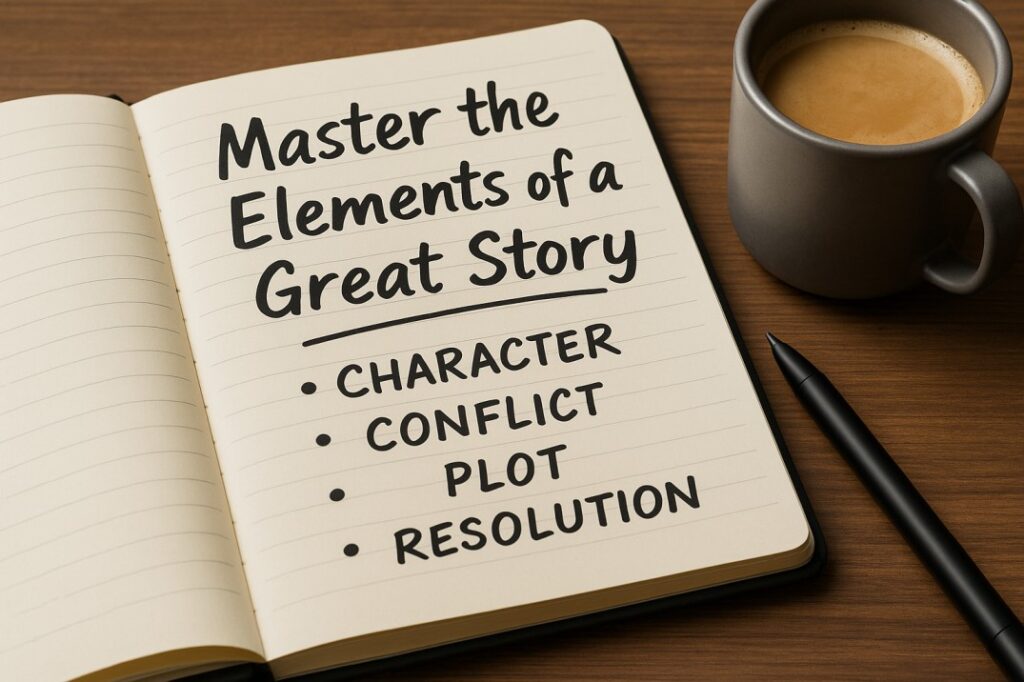- Characters
Characters are the heart of any story. They provide a relatable perspective and serve as the audience’s emotional anchor. Strong characters have clear motivations, distinct personalities, and face meaningful challenges.
Whether you’re telling a brand story or crafting a customer testimonial, introducing well-defined characters helps audiences connect personally with your message.
- Setting
The setting establishes the time and place of your story. It grounds your narrative in a recognizable world and can also evoke mood and atmosphere.
Think about where your story takes place — is it a bustling city, a quiet home, or a futuristic landscape? The setting should support the tone and theme of your story.
- Conflict
Conflict is the driving force that propels your story forward. It introduces obstacles or challenges that the characters must overcome.
Conflict creates tension and stakes, which keep the audience engaged. In marketing, conflict might be a problem your product solves or a hurdle your customer faces.
- Plot
The plot is the sequence of events that make up your story. A well-structured plot follows a clear progression — beginning, middle, and end — that builds tension and resolves the conflict.
Classic story structure models like the “Three-Act Structure” or “Hero’s Journey” offer frameworks for organizing your plot in a compelling way.
- Theme
The theme is the underlying message or insight your story conveys. It reflects the values and beliefs you want your audience to take away.
Strong themes resonate universally and add depth to your storytelling, making your narrative memorable and meaningful.
- Resolution
Resolution is the conclusion where conflicts are resolved, and the story reaches closure. A satisfying resolution provides answers or a call to action that motivates your audience.
In business storytelling, this might mean showcasing how your service transformed a client’s situation or inviting the audience to engage further.


